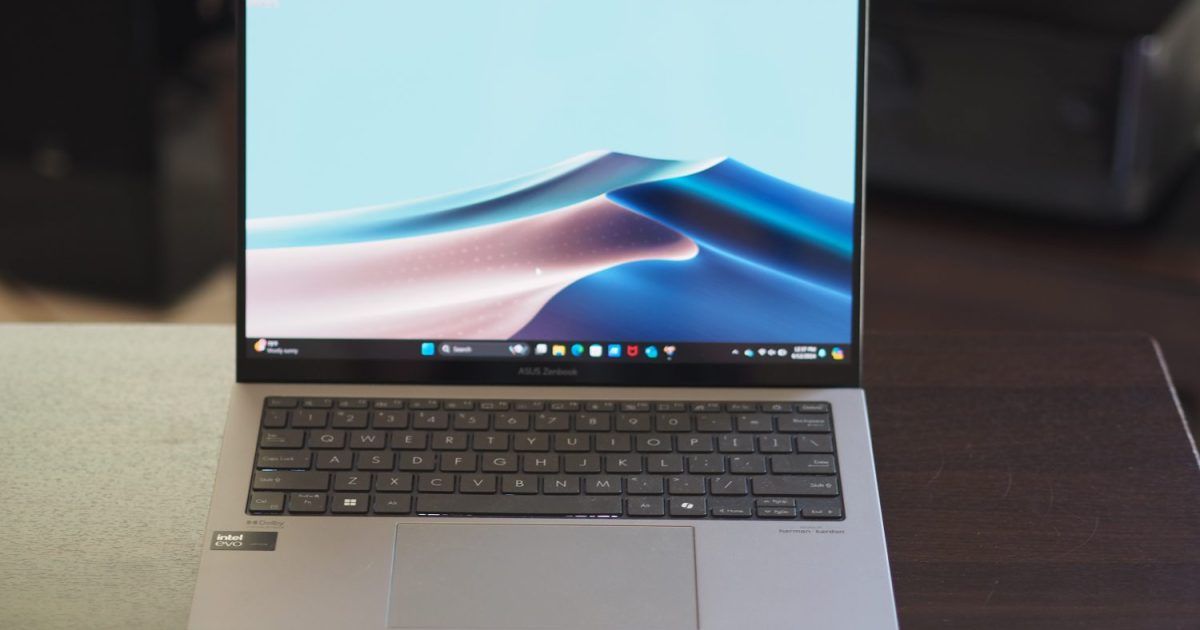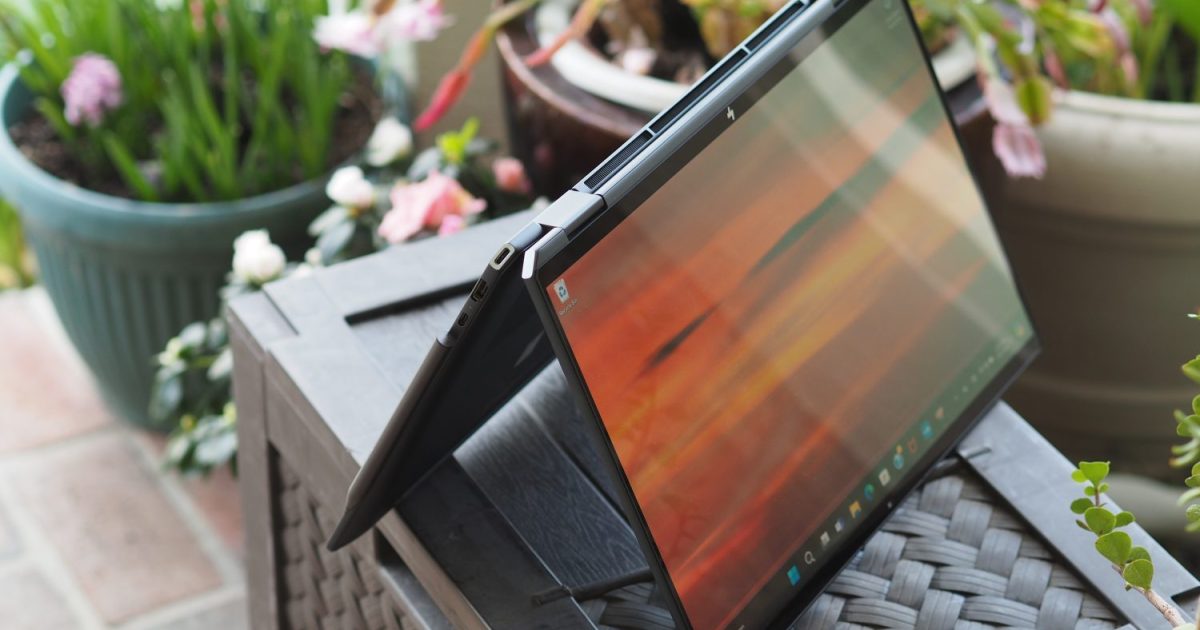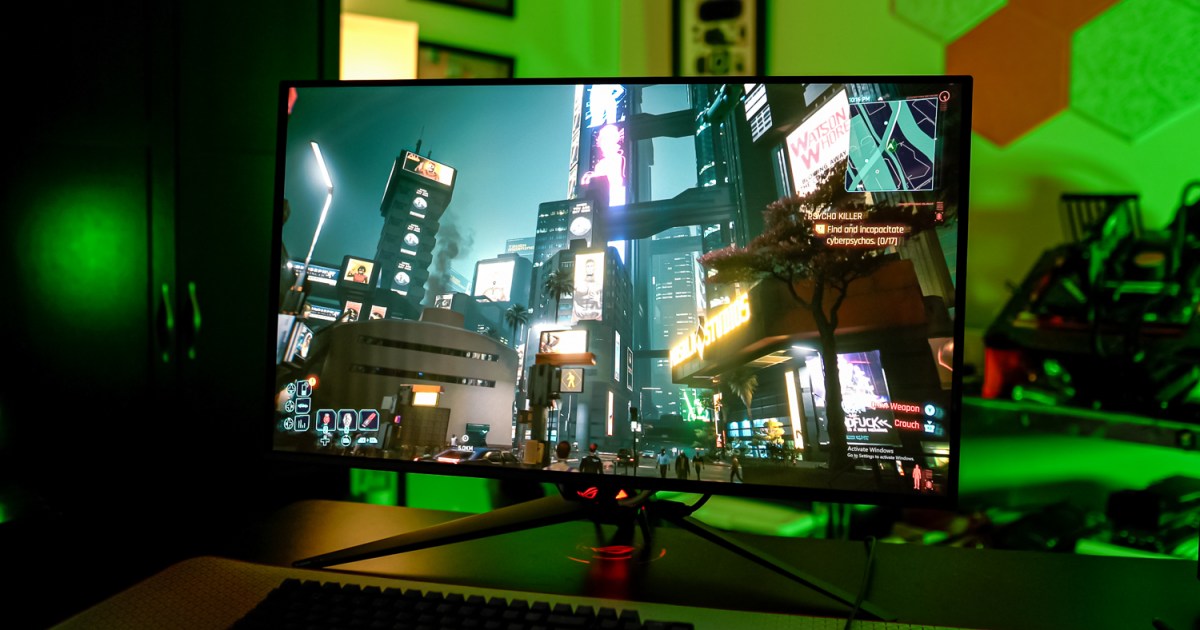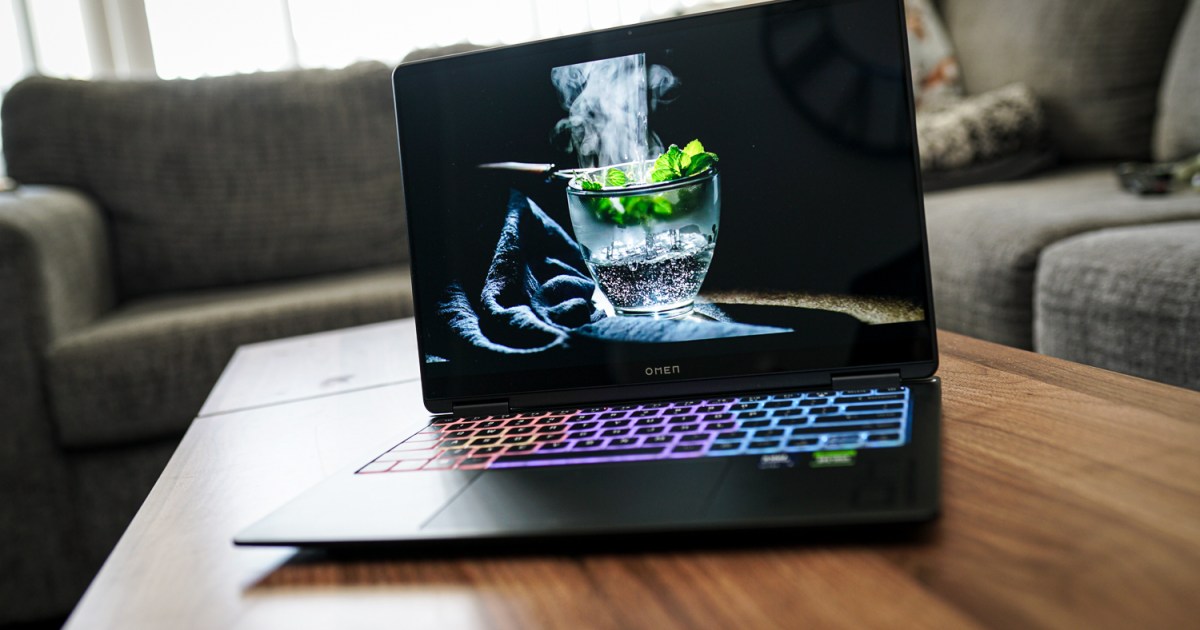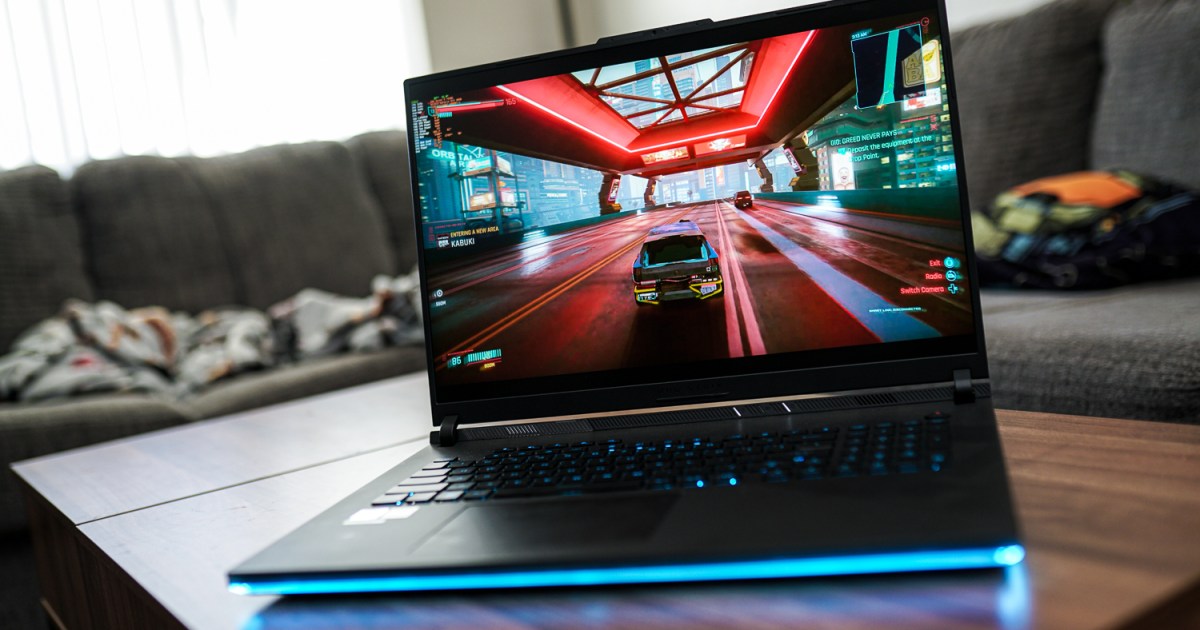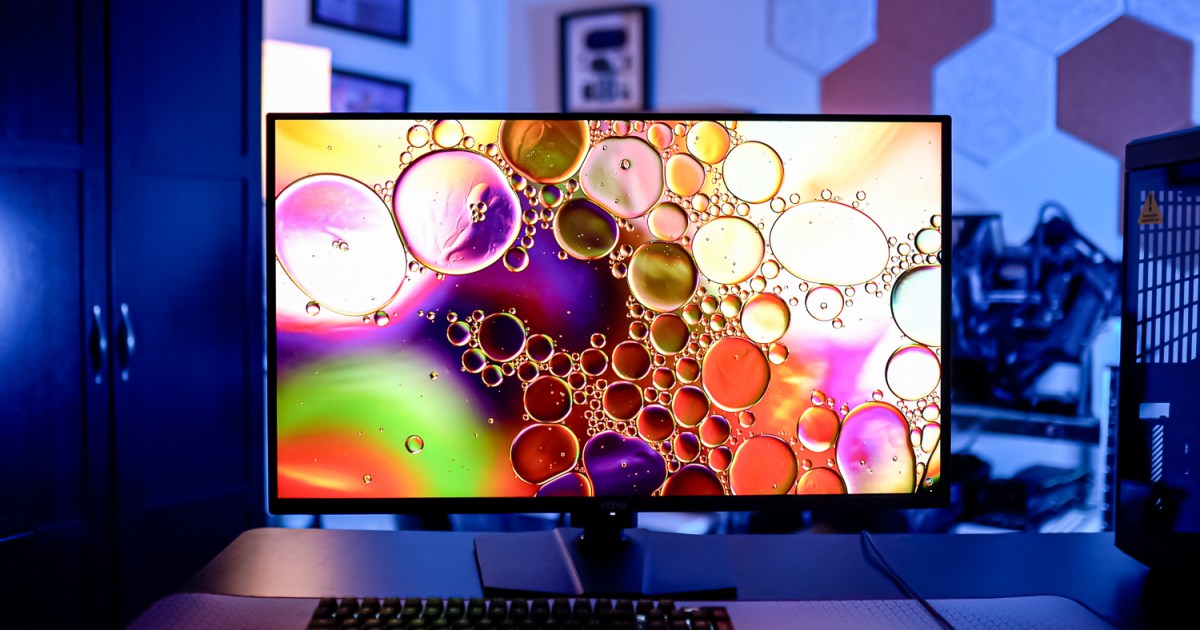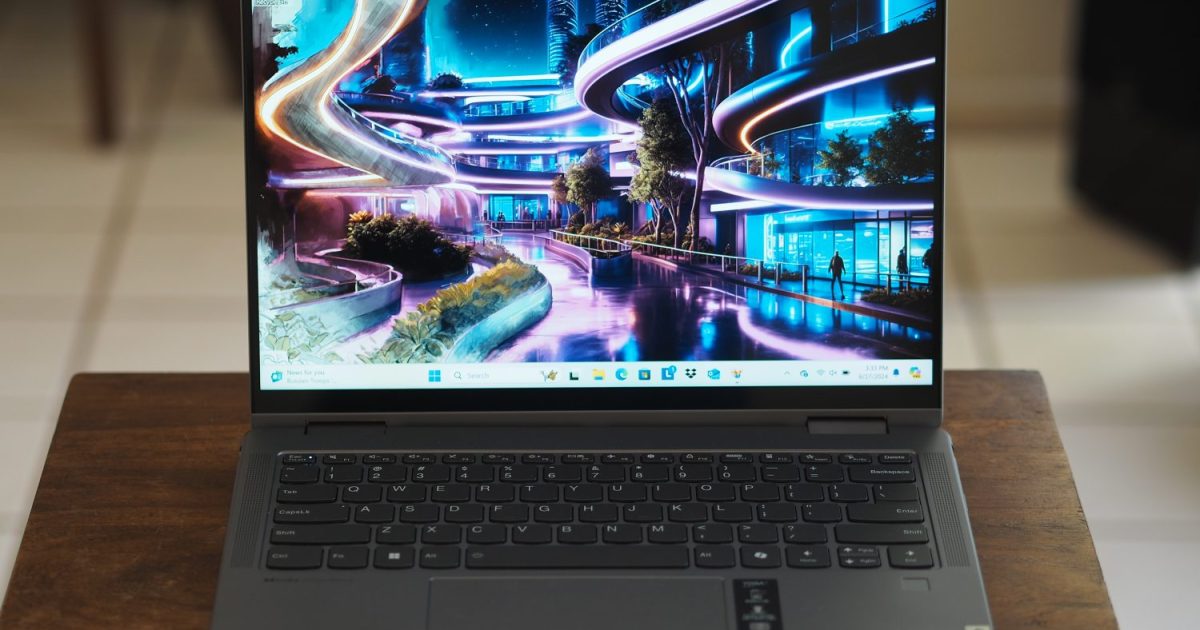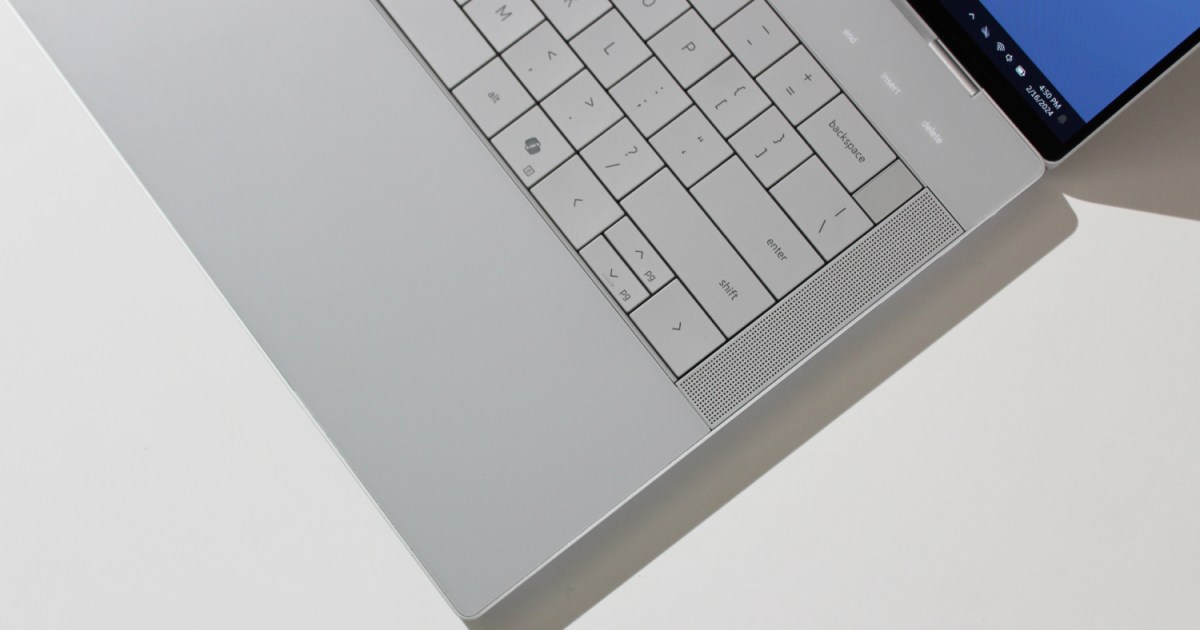The rise of generative AI and large language models (LLMs) has ushered in a new era of laptops: the “AI PC.” Intel’s Meteor Lake chipset, featuring a neural processing unit (NPU), pioneered this shift in Windows laptops, aiming to accelerate AI tasks. The Asus Zenbook S 13 OLED, powered by Meteor Lake, qualifies as an AI PC. While a solid 13-inch laptop with a slim design, decent performance, and an excellent display, it faces imminent obsolescence with the arrival of laptops boasting faster NPUs and tighter Copilot+ integration. It’s a good machine, but its relevance is fading.
Specifications and Configurations
| Feature | Asus Zenbook S 13 (2024) |
|---|---|
| Dimensions | 11.66 inches x 8.52 inches x 0.43-0.46 inches |
| Weight | 2.2 pounds |
| Processor | Intel Core Ultra 7 155U |
| Graphics | Intel Arc |
| RAM | 16GB |
| Display | 13.3-inch 16:10 2.8K (2880 x 1800) OLED, 60Hz |
| Storage | 1TB SSD |
| Touchscreen | No |
| Ports | 1 x USB-A 3.2 Gen 2, 2 x USB-C with Thunderbolt 4, 1 x HDMI 2.1, 1 x 3.5mm audio jack |
| Wireless | Wi-Fi 6E and Bluetooth 5.3 |
| Webcam | 1080p with infrared camera for Windows 11 Hello |
| Operating System | Windows 11 |
| Battery | 63 watt-hour |
| Price | $1,399 |
Currently priced at $1,399 (down from $1,599), the Zenbook S 13 OLED offers a single configuration with an Intel Core Ultra 7 155U processor, 16GB of RAM, a 1TB SSD, and a 13.3-inch OLED display. This positions it as a premium, yet reasonably priced, laptop. Competitors like the Dell XPS 13 and MacBook Air, with similar specifications, are priced higher at $1,549 and $1,699, respectively.
The influx of Copilot+ PCs and newer Intel and AMD-powered laptops may further drive down the Zenbook’s price. If you prioritize affordability and its performance meets your needs, it could become a compelling option while stocks last.
Design and Build
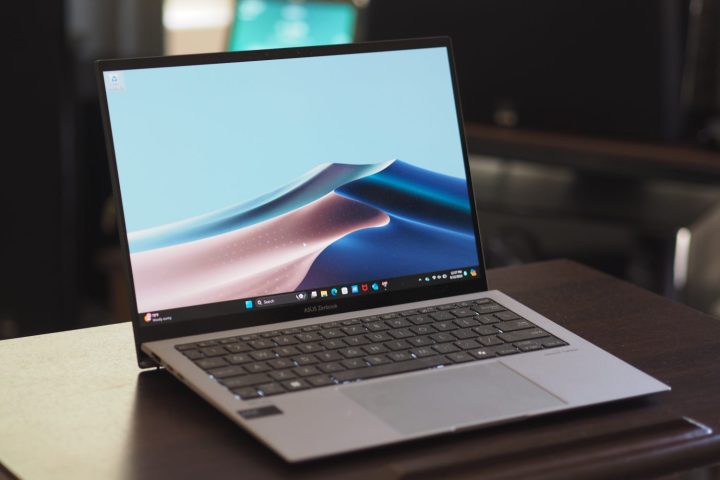 alt text: Asus Zenbook S 13 OLED angled view showcasing its slim profile, keyboard, and touchpad.
alt text: Asus Zenbook S 13 OLED angled view showcasing its slim profile, keyboard, and touchpad.
The Zenbook S 13 OLED sports a classic 13-inch laptop design. Remarkably thin at 0.46 inches and weighing just 2.2 pounds, it’s lighter and thinner than both the MacBook Air and Dell XPS 13. This makes it one of the most portable laptops available.
The “plasma ceramic aluminum” lid contributes to its lightweight build, adding a unique aesthetic touch. While the chassis material remains unspecified, the Zenbook S 13 OLED feels robust, resisting bending and flexing.
Its minimalist dark gray design with a darker keyboard is understated. The lid, with its shiny geometric pattern, is the most visually striking feature. However, the plastic bezels, particularly the bottom chin, detract slightly from the premium feel, especially compared to the edge-to-edge glass bezels found on competitors.
Keyboard and Touchpad
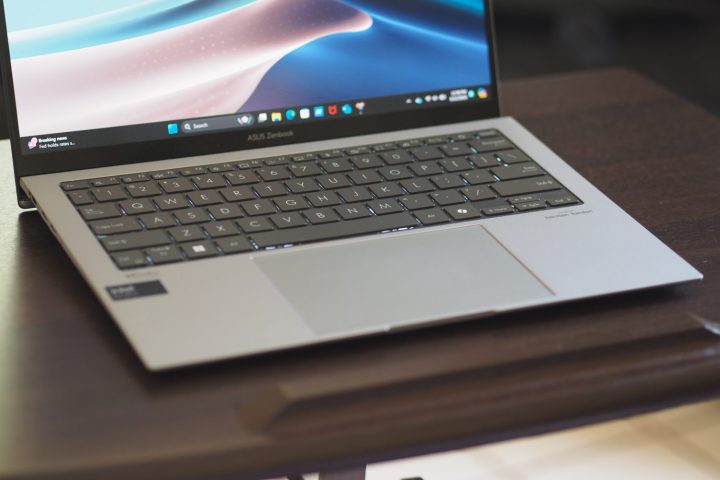 alt text: Asus Zenbook S 13 OLED keyboard and large touchpad in detail.
alt text: Asus Zenbook S 13 OLED keyboard and large touchpad in detail.
The Zenbook S 13 OLED boasts an excellent keyboard. The spacious layout, large keycaps, and snappy switches provide a comfortable typing experience. While slightly stiffer than Apple’s Magic Keyboard, most users will find the key travel and bottoming action satisfactory.
Asus’s signature keyboard angle enhances ergonomics and airflow for cooling. The large mechanical touchpad offers precise tracking and responsive buttons, although the clicks are somewhat loud. The absence of haptic feedback, a feature present in both the MacBook Air and XPS 13, is a minor drawback.
Connectivity and Webcam
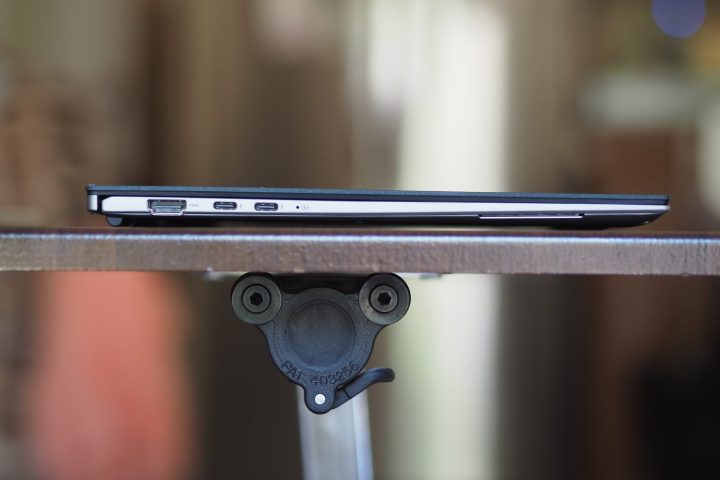 alt text: Close-up of the ports on the left side of the Asus Zenbook S 13 OLED, showcasing its diverse connectivity options.
alt text: Close-up of the ports on the left side of the Asus Zenbook S 13 OLED, showcasing its diverse connectivity options.
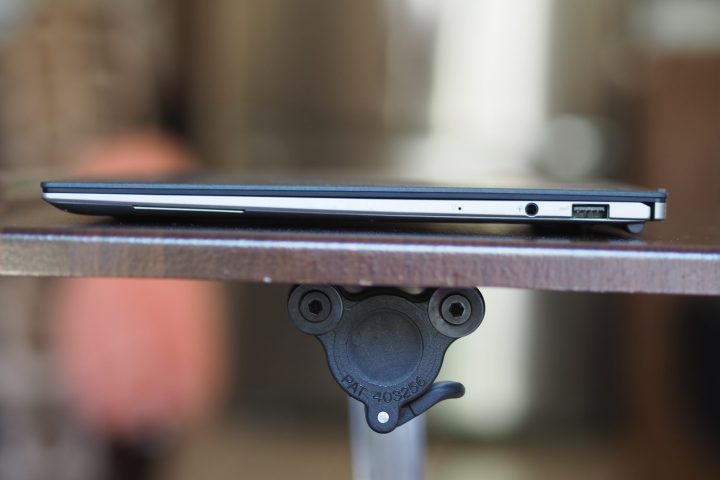 alt text: Right side view of the Asus Zenbook S 13 OLED, highlighting its slim profile and minimal port selection on this side.
alt text: Right side view of the Asus Zenbook S 13 OLED, highlighting its slim profile and minimal port selection on this side.
Unlike many slim laptops that prioritize USB-C, the Zenbook S 13 OLED offers a commendable selection of ports, including two Thunderbolt 4 ports, a USB-A port, an HDMI 2.1 port, and a 3.5mm audio jack. While Wi-Fi 7 is absent, its widespread adoption is still years away.
The 1080p webcam, equipped with infrared for Windows Hello facial recognition, is on par with competitors. The integrated NPU supports AI-powered features like Microsoft Studio Effects, enabling hardware-accelerated background blur and face tracking.
Performance
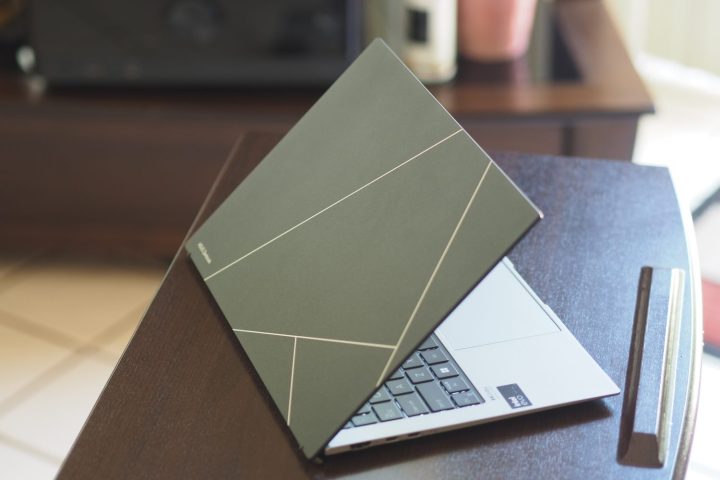 alt text: Rear view of the Asus Zenbook S 13 OLED showing the patterned lid design.
alt text: Rear view of the Asus Zenbook S 13 OLED showing the patterned lid design.
The Zenbook S 13 OLED utilizes the 15-watt Intel Core Ultra 7 155U processor, a 12-core (2 Performance, 8 Efficient, 2 Low Power Efficient) and 14-thread CPU. While offering improved efficiency compared to the 28-watt Core Ultra 7 155H, it delivers lower multi-core performance.
Benchmark results show the Zenbook slightly outperforming the HP Envy x360 14 with the same chipset, but lagging behind the XPS 13. It’s adequate for productivity tasks, but demanding workloads will push its limits. The integrated Intel Arc graphics are comparable to those in the higher-wattage Core Ultra 7 155H, but remain unsuitable for demanding gaming or content creation. With more powerful chips on the horizon, this laptop’s value proposition will depend heavily on price reductions.
| Benchmark | Asus Zenbook S 13 OLED (Core Ultra 7 155U) | HP Envy x360 14 2024 (Core Ultra 7 155U) | Dell XPS 13 (Core Ultra 7 155H) | Dell Inspiron 14 Plus 2024 (Core Ultra 7 155H) | Asus Zenbook 14 Q425 (Core Ultra 7 155H) |
|---|---|---|---|---|---|
| Geekbench 5 (single/multi) | Bal: 1,692 / 8,309 Perf: 1,663 / 8,505 | Bal: 1,515 / 7,710 Perf: 1,713 / 7,710 | Bal: 1,469 / 10,774 Bal: 1,666 / 10,446 | Bal: 1,681 / 11,331 Perf: 1,635 / 11,274 | Bal: 1,693 / 10,983 Perf: 1,728 / 11,473 |
| Handbrake (seconds) | Bal: 131 Perf: 119 | Bal: 139 Perf: 120 | Bal: 83 Perf: 82 | Bal: 72 Perf: 70 | Bal: 94 Perf: 82 |
| Cinebench R23 (single/multi) | Bal: 1,770 / 7,171 Perf: 1,786 / 8,532 | Bal: 1,713 / 6,751 Perf: 1,766 / 8,146 | Bal: 1,649 / 9,311 Perf: 1,606 / 12,005 | Bal: 1,629 / 13,153 Perf: 1,676 / 14,529 | Bal: 1,653 / 9,156 Perf: 1,635 / 12,130 |
| PCMark 10 Complete | 5,957 | 5,750 | 5,928 | 6,688 | 6,316 |
Battery Life
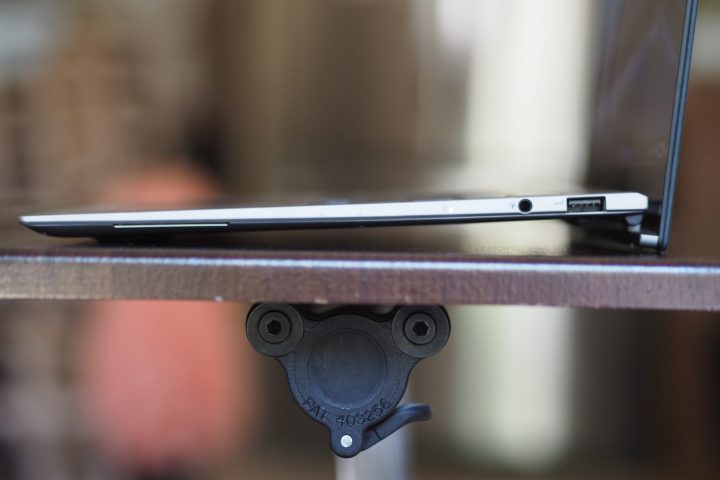 alt text: Side view of the Asus Zenbook S 13 OLED highlighting the angled keyboard design for ergonomic typing.
alt text: Side view of the Asus Zenbook S 13 OLED highlighting the angled keyboard design for ergonomic typing.
The 15-watt chipset aims for enhanced battery life. With a 63 watt-hour battery, larger than the XPS 13’s 55 watt-hour battery, the Zenbook S 13 OLED achieved 8.75 hours in web browsing, 12.5 hours in video playback, and 13.5 hours in the Procyon Office Productivity test. This surpasses the XPS 13 but falls short of the upcoming Windows on ARM laptops and the MacBook Air 13. The trade-off in performance for battery life isn’t entirely compelling.
Display and Audio
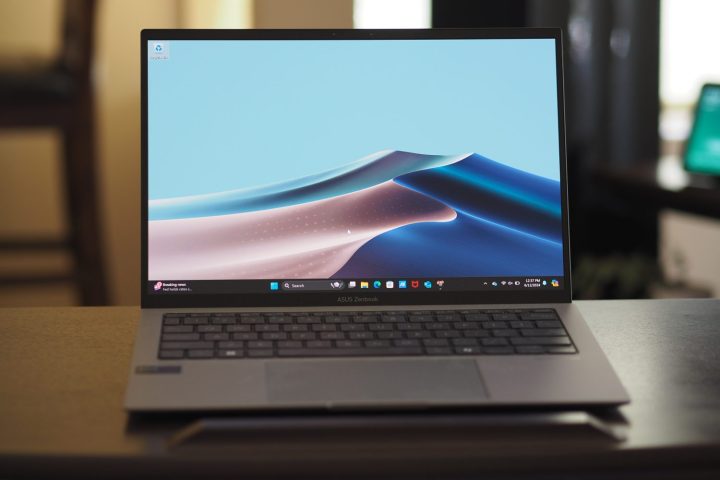 alt text: Asus Zenbook S 13 OLED open, displaying the vibrant OLED screen and keyboard.
alt text: Asus Zenbook S 13 OLED open, displaying the vibrant OLED screen and keyboard.
The Zenbook S 13 OLED features a stunning 13.3-inch, 16:10, 2.8K (2880 x 1800) OLED display. Its vibrant colors, deep blacks, and sharp visuals are impressive. The 60Hz refresh rate, however, feels dated.
Colorimeter readings confirm its excellent quality: 391 nits brightness, wide color gamut (100% sRGB, 97% AdobeRGB, 100% DCI-P3), accurate colors with a DeltaE of 1.12, and a deep contrast ratio of 27,180:1.
While visually superior to the MacBook Air 13’s IPS panel and comparable to the XPS 13’s OLED (though less bright), the Zenbook’s audio is average. The two-speaker system delivers adequate volume and clear mids and highs, but lacks bass.
Conclusion: A Good Laptop Facing a Challenging Future
Were it not for the current transitional period in the Windows laptop market, the Zenbook S 13 OLED would be a strong contender. Its performance and battery life, however, don’t fully justify its price, even with the recent discount.
The impending wave of Copilot+ PCs, powered by efficient Qualcomm chips and eventually by next-gen Intel and AMD processors, poses a significant challenge. The announced Zenbook S 14, with its redesigned chassis and support for next-gen Intel chips, further underscores this point.
While the Zenbook S 13 OLED remains a competent laptop for the near term, those who can delay their purchase should wait for the next generation of AI-focused laptops.



